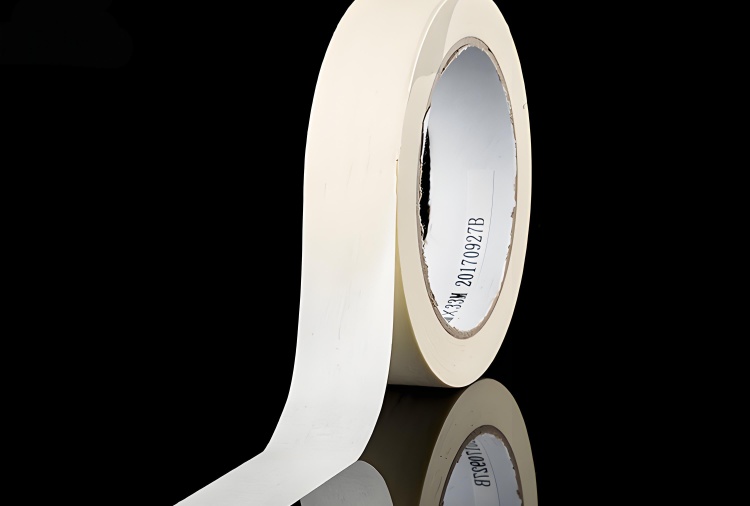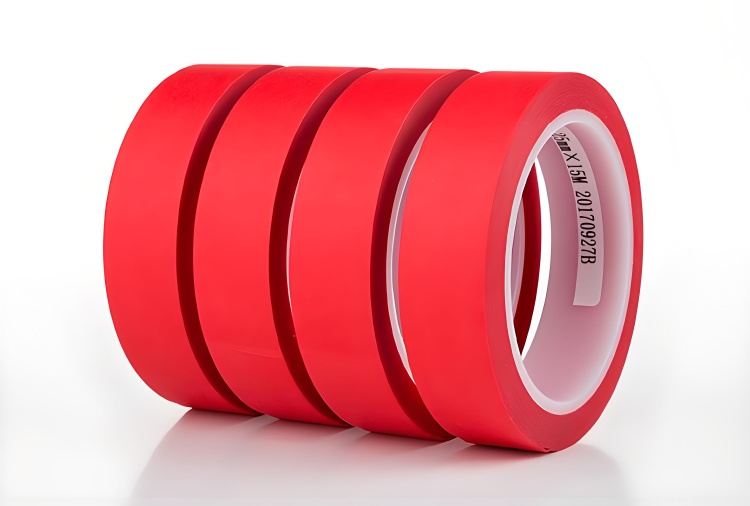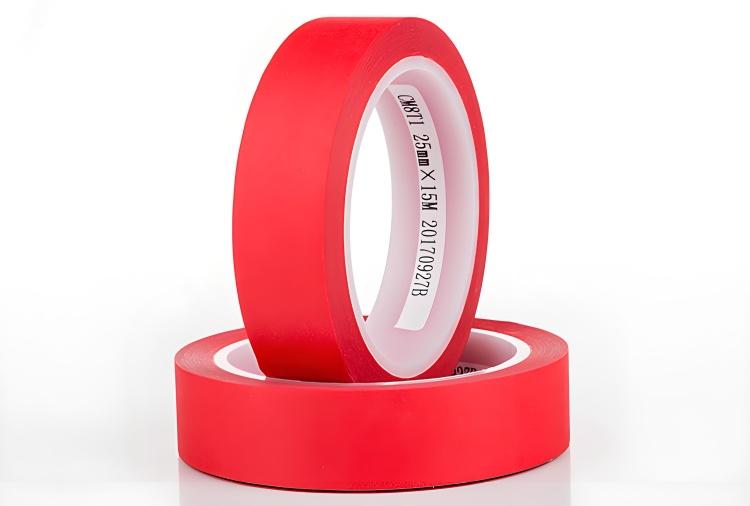Masking paper tape
Masking tape is a highly specialized masking and protective tool. Its excellent adherence, impermeability, and trace-free finish make it a crucial tool for any painting, coating, or coating process requiring precise area separation and protection.
Production Process Flow
From raw materials to finished product, every step is rigorously controlled to ensure consistent and reliable performance.
Masking paper production involves wood pulp debonding, refining, stock preparation (adding softeners, wet strength agents, etc.), purification, screening, web forming, pressing and creasing (a key step in creating the distinctive texture of masking paper and controlling the dryness of the crepe), drying, and winding and slitting.
To improve masking paper’s properties (such as flexibility and strength), the base paper may need to be impregnated, for example with a hydroxybutadiene styrene emulsion.
This step ensures that the tape can be easily and smoothly unwound after being rolled up, without sticking.
Common adhesives used for masking tape include rubber-based and acrylic (water-based or solvent-based). These adhesives must exhibit sufficient adhesion and ensure clean, residue-free peeling.
Quality inspection, labeling, and packaging are then carried out for storage.

CM01

CM05

CM8K

CM8T
Polyimide tape Series Specification Sheet
| Series | Product code | Adhesive | Material | Standard size) | Tack (N) | Adhesion (N/25mm) | Tensile strength (N/25mm) | Temperature resistance (℃) | ||
| Thickness (mm) | Width (mm) | Long (m) | ||||||||
| Masking paper tape | CM8T | Silicone | Masking paper PET | 0.22 | 980 | 33 | 9↑ | 5↑ | 180↑ | 200 |
| Masking paper tape | CM8K | Silicone | Masking paper PI | 0.22 | 980 | 33 | 9↑ | 5↑ | 180↑ | 250 |
| Masking paper tape | CM01 | Rubber | Masking paper | 0.13 | 1250 | 33 | 10↑ | 6↑ | 30↑ | 80 |
| Masking paper tape | CM05 | Rubber | Masking paper | 0.14 | 980 | 33 | 10↑ | 6↑ | 40↑ | 100 |
Technology Showdown: Masking Paper Tape vs. General Purpose Tape
Masking Paper Tape is the primary specialized alternative to general purpose tapes in tasks requiring precise surface protection. While both fulfill basic bonding or holding needs, their differences in removal characteristics, application precision, and surface safety profoundly impact painting and finishing performance.
Functions, Uses, and Applications
Masking tape, also known as pressure-sensitive masking tape or simply “masking paper,” is a roll-type tape with a textured paper backing, coated with pressure-sensitive adhesive on one side and a release material on the other. Its primary purpose and design is to temporarily mask and protect surfaces, allowing for clean, residue-free removal after use.
Quality Standards & Certifications
We are committed to delivering the highest quality products, a promise backed by strict internal standards and authoritative third-party certifications.
